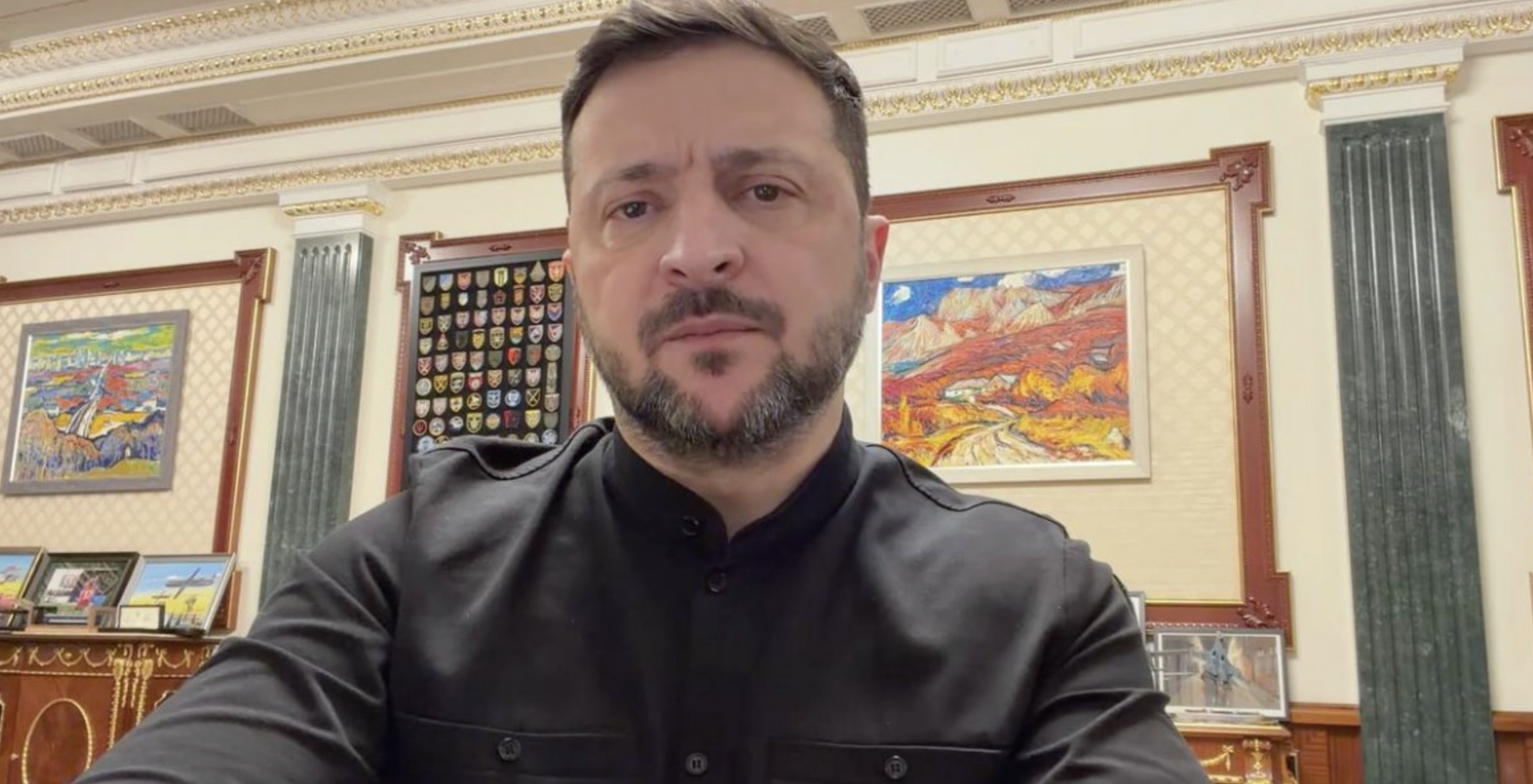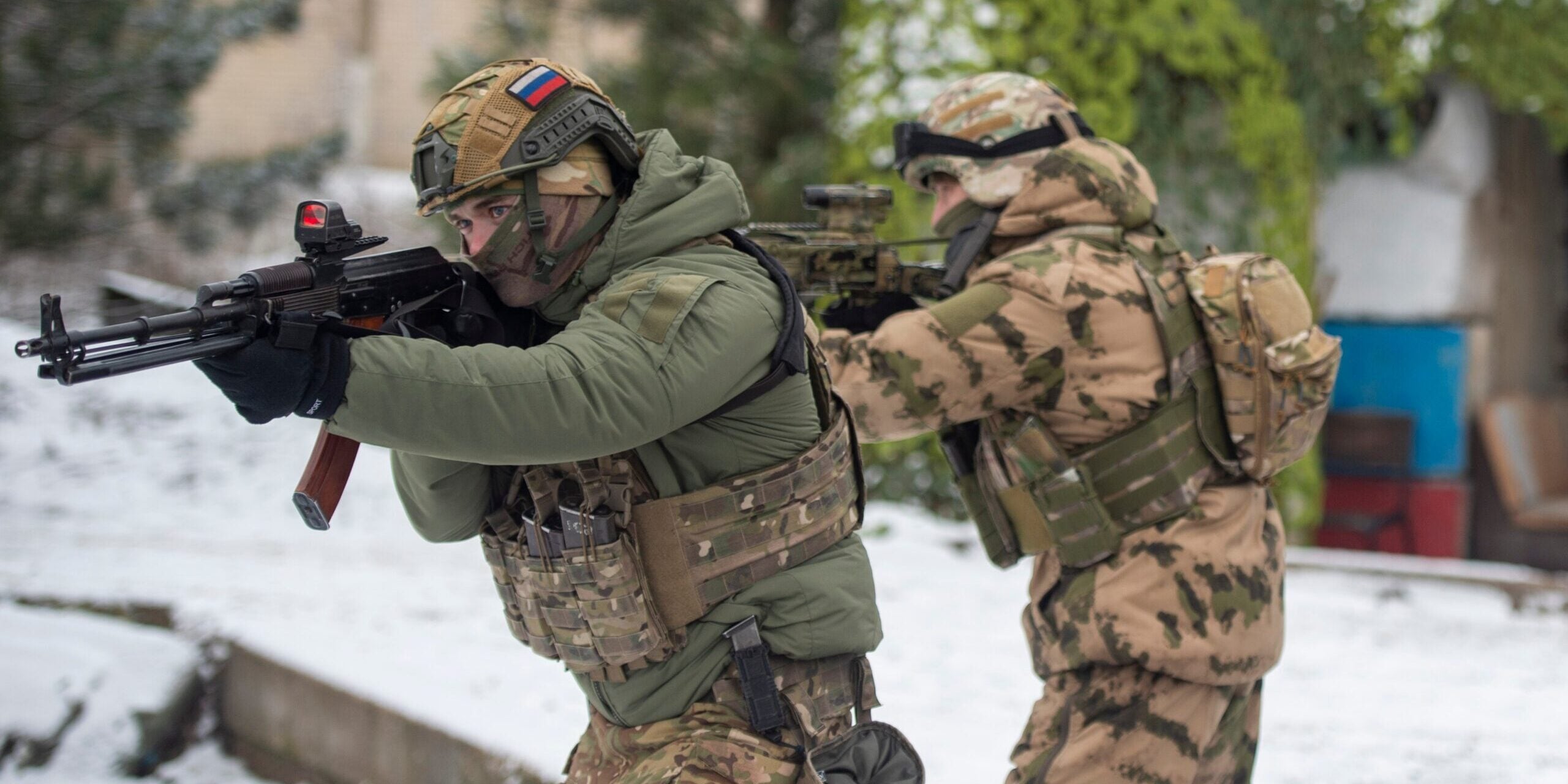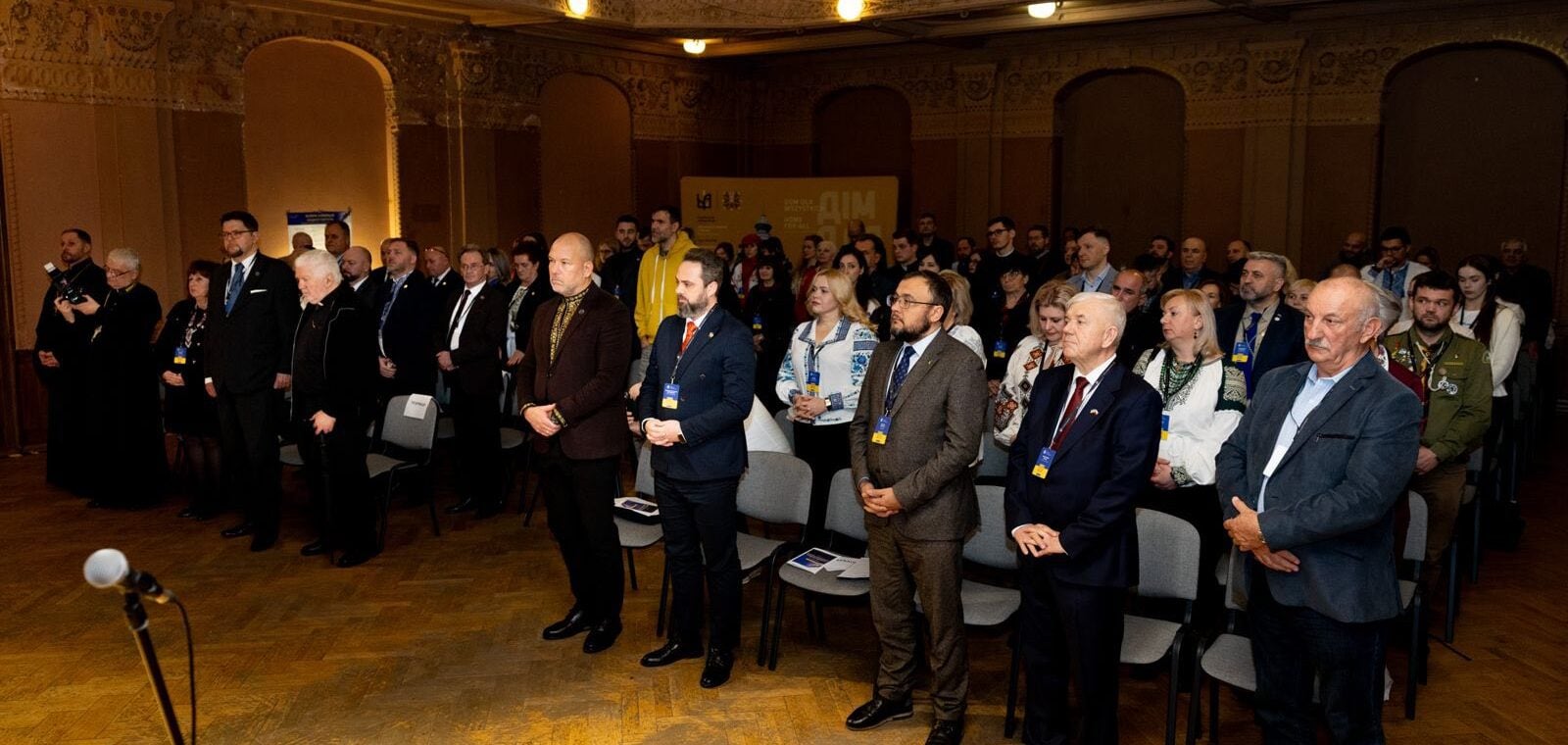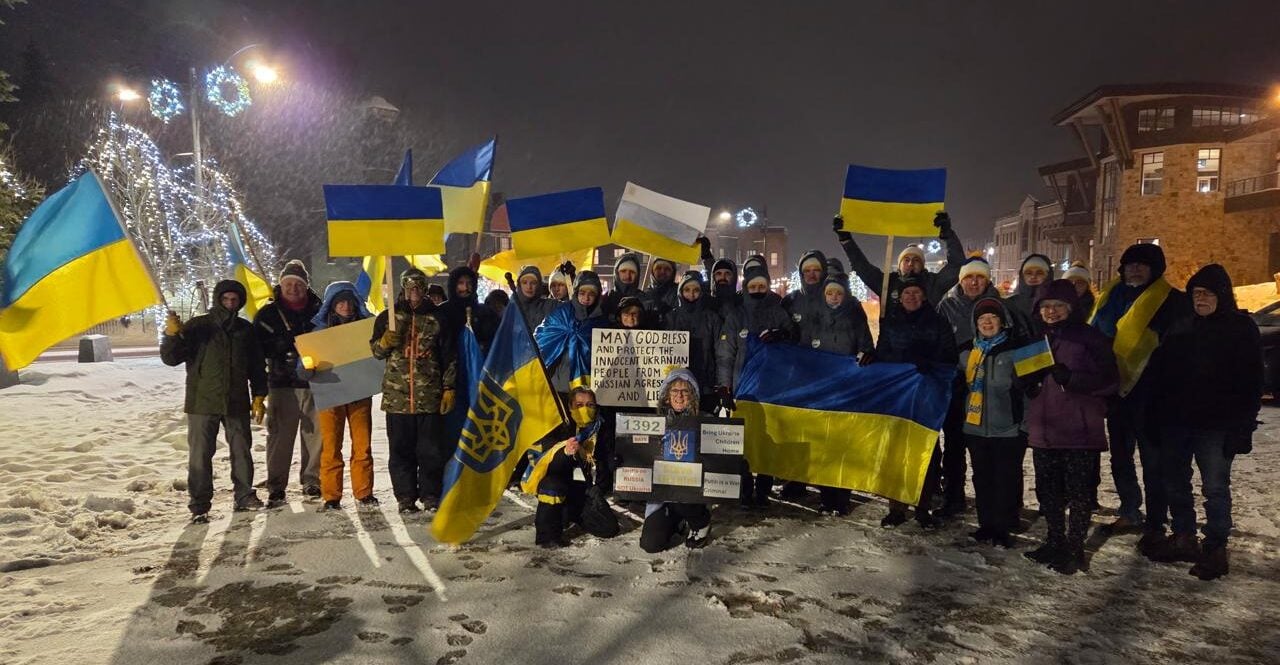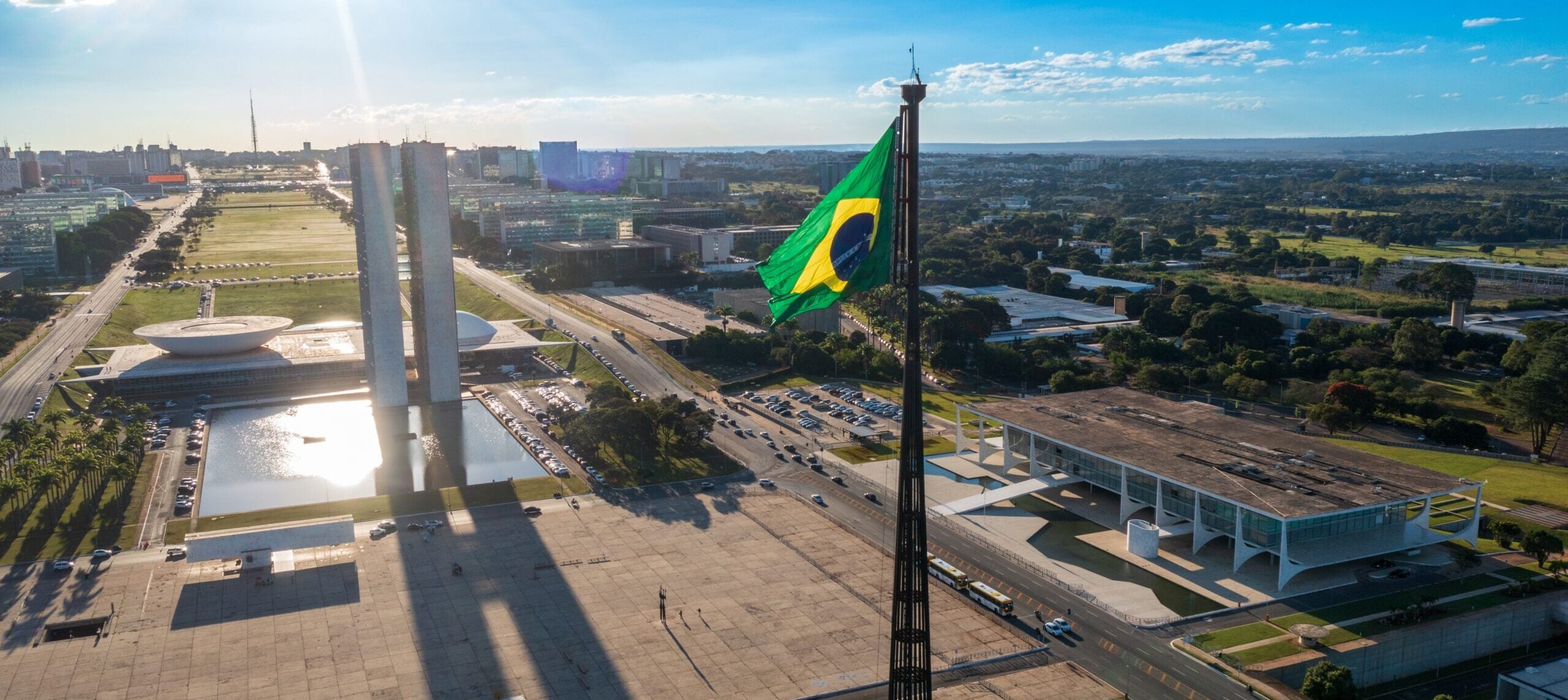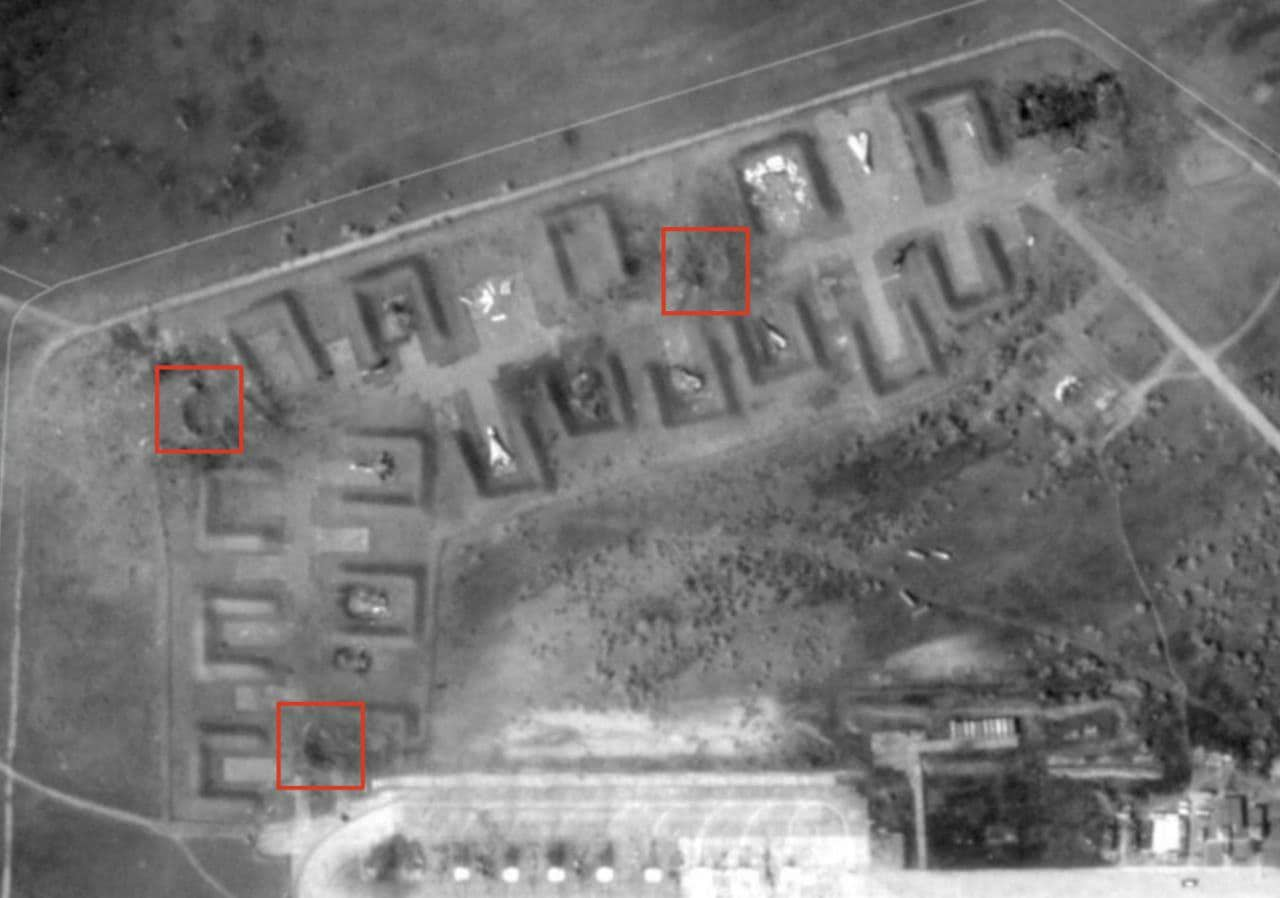
According to the latest Institute for the Study of War update, “Russian officials remain confused about the August 9 attack on the Saki Air Base in Russian-occupied Crimea, over 225km behind Russian lines, which destroyed at least eight Russian aircraft and multiple buildings.”
“Ukraine’s claimed attacks on an ammunition depot in Novooleksiivka in Henichensk district (north of Crimea) and on the battalion tactical group (BTG) command post in the Maksyma Horkoho on the southwestern Kherson Oblast coast demonstrate longer-range missile capabilities. The settlements are situated 100km and 170km south of frontlines along the Kherson Oblast administrative border respectively. Nevertheless, these attacks do not demonstrate the range they would have needed to hit the Saki Air Base. According to ISW’s assessment, “Ukrainian officials are playing up the evident Russian confusion surrounding the attack to obfuscate Ukraine‘s longer-range capabilities.
Guardian writes that “In the previous 24 hours there had been growing speculation about Ukraine’s missile capability after the US confirmed, for the first time, that it had supplied Kyiv with long-range anti-radiation missiles, used to knock out air defence systems.” A Ukrainian official’s comment in the NYT that “a device exclusively of Ukrainian manufacture was used” could suggest it was a Neptune, a cruise missile developed by Ukraine.
As European Pravda reports, Great Britain would give Ukraine three MLRS in addition to the three already in Kyiv. British Defence Minister Ben Wallace said that Britain was “very pleased” with Ukraine’s use of the missile launchers already provided by the West. According to Mr Wallace, Ukrainian forces have shown a much better level of identifying the targets to hit, so that they do not quickly run out of ammunition. The first British M270 multiple rocket launchers arrived in Ukraine in July. The M270 system can hit targets at a distance of up to 80 kilometers.

